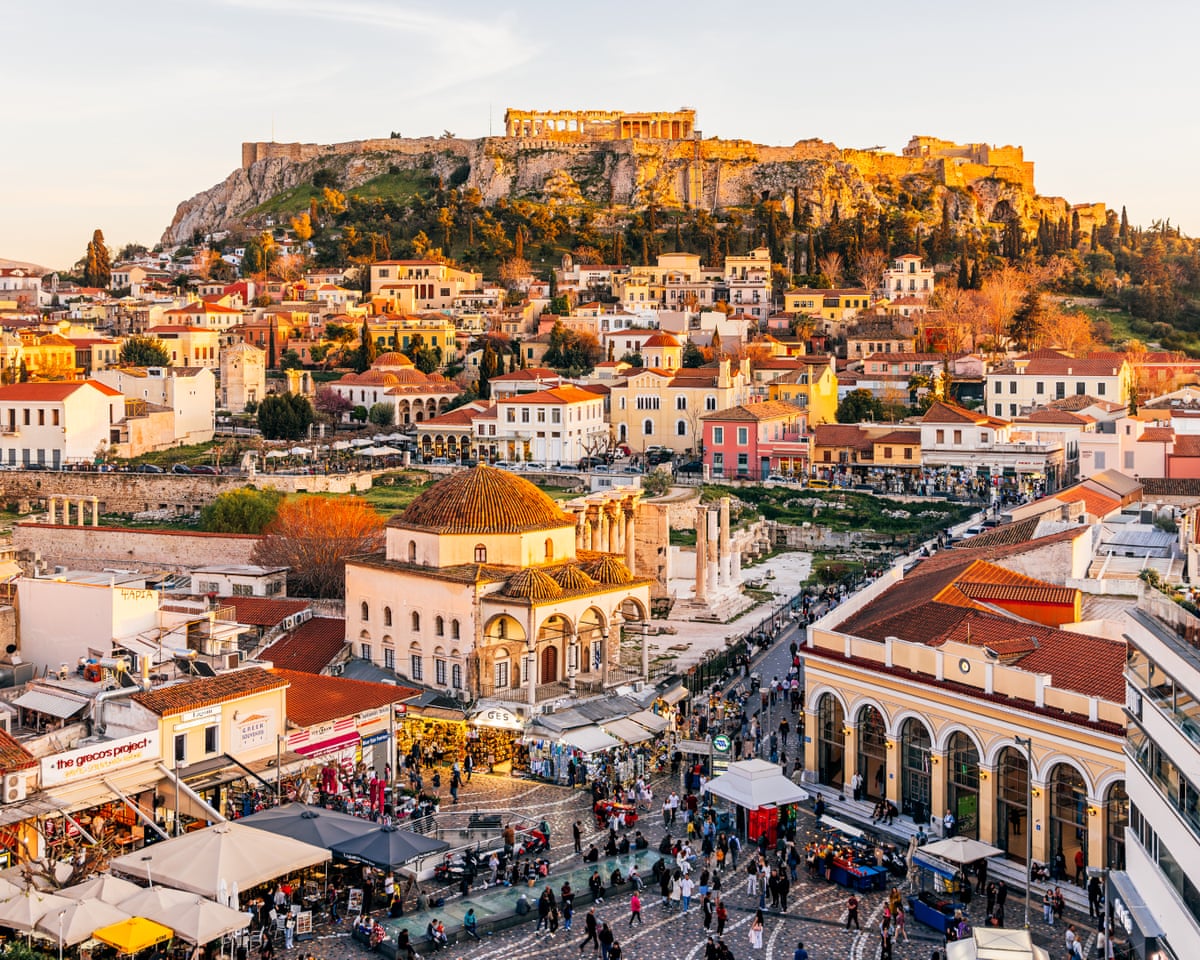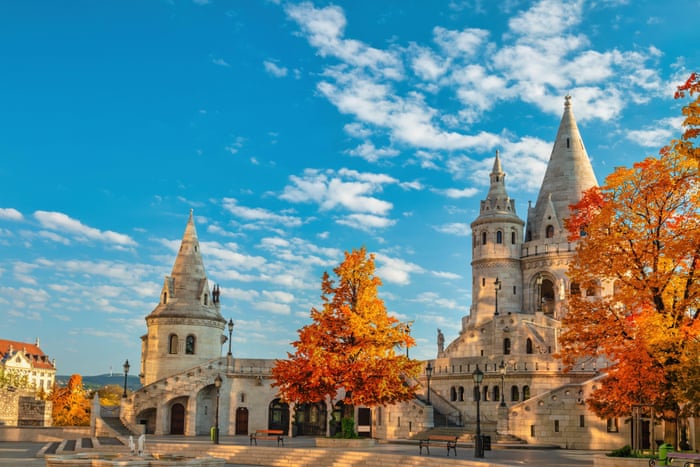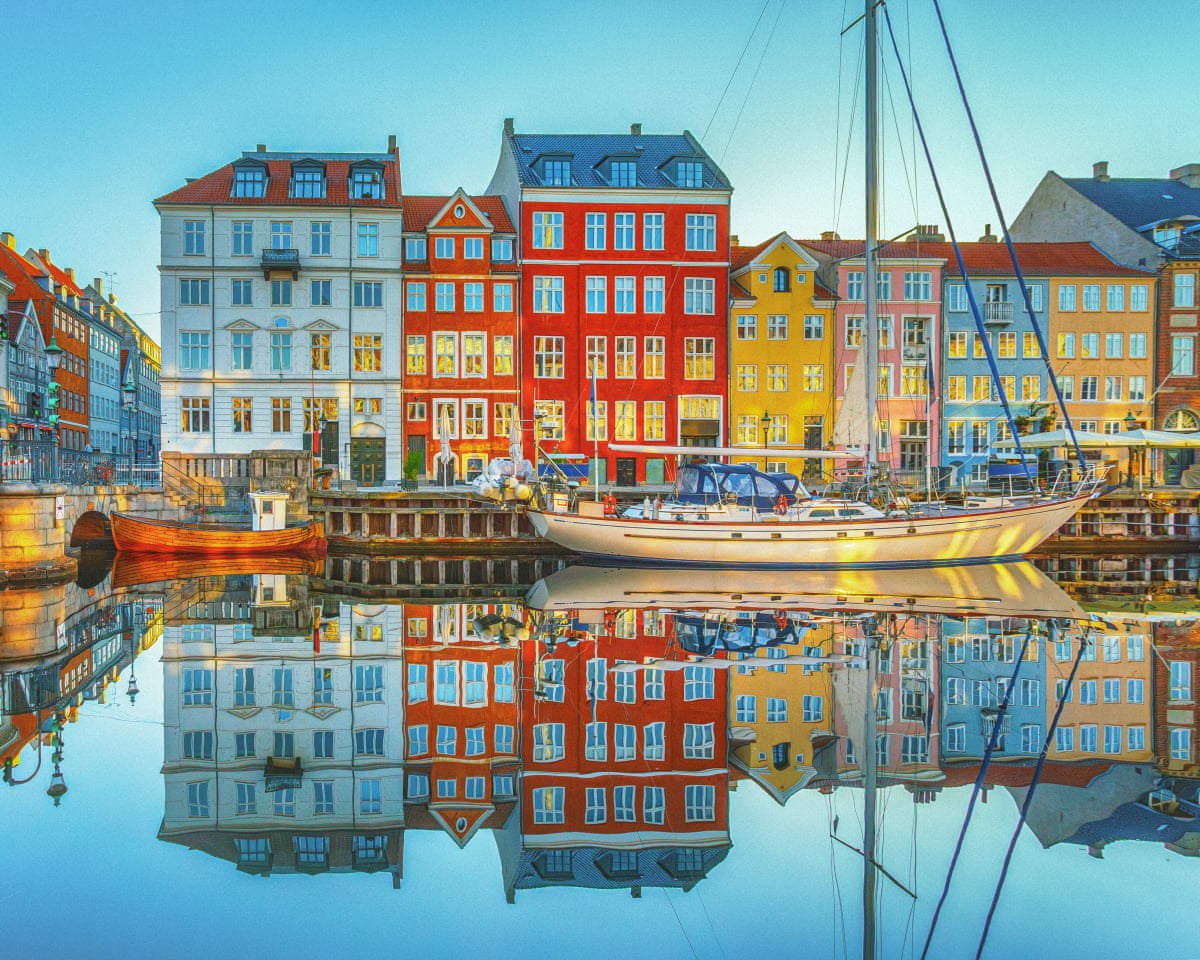As the intense heat of high summer recedes, the European continent breathes a collective sigh of relief, ushering in the season of the Goldener Herbst—a golden autumn where the light is perfect, the crowds have dispersed, and the cultural calendars are brimming. This brief, beautiful window is the ideal time to trade the beach towel for a museum ticket, without sacrificing the pleasure of a sun-drenched cafe terrace. From the lingering seaside warmth of the Aegean to the misty, imperial architecture of Central Europe, this collection of six cities promises an overload of culture paired with a fabulous, seasonal food scene. This is a moment for immersion: to hike among city vineyards, delve into ancient ruins without the queues, and savour hearty, comforting dishes that speak of the annual harvest, making autumn the continent’s most sophisticated season for the urban explorer.
The Enduring Mediterranean Light: Athens and Palermo
For those yearning to postpone winter, the southern destinations of Athens and Palermo offer a sublime blend of ancient history and lingering warmth. In Athens, the Aegean coast provides a final, glorious chance to soak up the sun. The city is often overlooked for its seaside credentials, but the Athens Riviera offers a spectacular mix of craggy coves and sandy bays perfect for soothing bones still aching for a splash of summer. Evenings are made wonderfully atmospheric by the city’s famed rooftop restaurants, where one can dine with an unparalleled view of the illuminated Acropolis.

Culturally, the ancient Plaka district remains the quintessential base, a labyrinth of old-school charm leading to the city’s monumental centrepieces. The dining scene balances the traditional and the chic: one can seek out Zorbas for succulent, locally loved lamb chops, or opt for the sophistication of a Michelin-starred experience at a location like Macris, where the dining is as spectacular as the Parthenon views. Meanwhile, on the island of Sicily, Palermo glows with a unique, unhurried light. The focus here is on immersion in the city’s living history—wandering the ancient food markets that burst with late-season produce and taking solace in green spaces like the Botanical Garden, home to its record-breaking fig tree, a natural monument to the city’s lush environment.
Imperial Grandeur and Thermal Comfort: Vienna and Budapest
Moving into Central Europe, the imperial capitals of the Danube—Vienna and Budapest—embrace the classic autumn aesthetic with a particular historical elegance. Vienna transforms into a city of parks and manicured gardens, where the woodland belts and meadow sweeps glow with the rusty amber and ochre tones the Austrians call Goldener Herbst. This period is ideal for culture, as the days shorten and the stately palaces, museums, and historic abodes offer a gilded backdrop to the nation’s cultural crop.
Crucially, Vienna is the only European capital that grows wine within its city limits, dedicating 700 hectares to vineyards. Visitors can follow one of the city’s designated hiking trails—the Stadtwanderwege—through the vintner lands, culminating in a stop at a hillside Heuriger (wine tavern), such as Wieninger am Nussberg. Here, a crisp Grüner Veltliner is best sipped alongside a traditional Brettljause, a platter of cold cuts and cheese, soaking up the sublime city vista. Across the border, Budapest offers a similar blend of imperial grandeur with a decidedly more vibrant, thermal-centric appeal. Autumn is the perfect time to visit the famous Széchenyi thermal baths, where the steam rises dramatically into the crisp air. Culturally, the city hosts the Budapest Autumn Festival in October, a major celebration of contemporary art, dance, and music. The food leans into deep, delicious comfort—hearty goulash stews and paprika sauces are abundant, with classic establishments like Café Kör and Menza serving Hungarian favourites, ensuring there is plenty of sustenance before indulging in a slice of rich Dobos torte at the historic Gerbeaud confectionary.
French Feast and Swiss Finesse: Lyon and Zurich
The appeal of Western Europe in autumn lies in the maturity of its culture and the depth of its culinary traditions. Lyon, often cited as the gastronomic capital of France, takes on a new patina of elegance in the cool season. The city’s history is vividly present, from the Roman ruins to the winding streets that invite exploration. A stay in a historic location, such as the Fourvière Hôtel, a converted convent offering panoramic views, provides a spectacular base to appreciate the city’s architectural evolution.

Meanwhile, the Swiss sensibility, often associated with precision, reveals a beautiful dichotomy in the cooler months. The city often considered to be the country’s urban heart offers a perfect contrast between old-world tradition and contemporary innovation. For a taste of history, traditional Swiss cuisine can be found in a homely, historic hideaway like Alpenrose. In stark contrast, one can visit the institution of Haus Hiltl, which holds the unique distinction of being arguably the oldest continuously open vegetarian restaurant in the world, founded in 1898. Its modern decor and contemporary menu show that tradition in Switzerland is not always about cheese and chocolate, but also about pioneering culinary movements, making the city a compelling destination for those interested in the evolution of food culture.
The Golden Rule: Seeking the Uncrowded Harvest
The collective wisdom shared by all these destinations points to a golden rule of autumn travel: the greatest luxury is the combination of exquisite light and a noticeable reduction in crowds. This seasonal reprieve is a gift that allows for deeper cultural immersion. Imagine walking among the olive groves on the Athenian Riviera or gazing at the Fisherman’s Bastion in Budapest without jostling for space—a freedom summer rarely allows.

This season is also a celebration of the harvest. In Tuscany and its neighbouring regions, autumn is synonymous with truffle season, a luxurious marker that permeates the menus of Italian cities like Palermo and beyond. In Vienna, the pumpkin cream soup becomes the seasonal staple, best devoured in a traditional Beisl (gastropub). This focus on seasonal, local ingredients—whether it’s the succulent lamb in Greece, the rich paprika in Hungary, or the unique city-grown wine in Austria—underscores the quality of the dining experiences available. By choosing a city break in Goldener Herbst, one is not merely postponing the winter, but booking a ticket to Europe’s most culturally rich, visually stunning, and gastronomically rewarding season.




